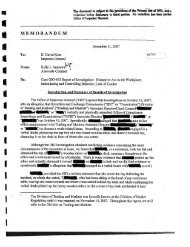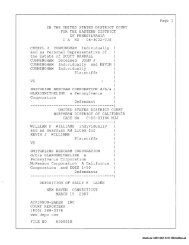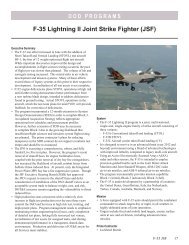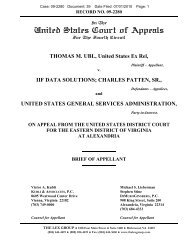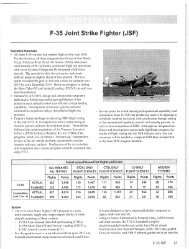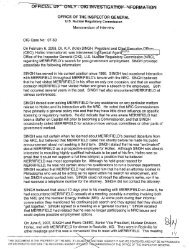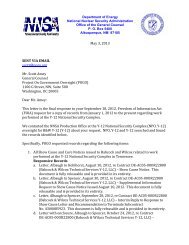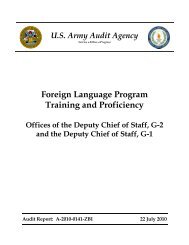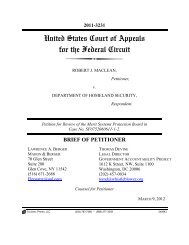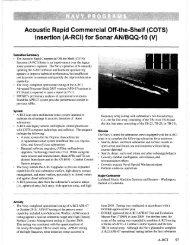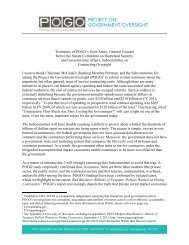The Pentagon Labyrinth
The Pentagon Labyrinth
The Pentagon Labyrinth
Create successful ePaper yourself
Turn your PDF publications into a flip-book with our unique Google optimized e-Paper software.
Suggested Contacts, Readings and Web Sites<br />
Contacts<br />
Contact the various authors of this handbook at the following e-mail addresses:<br />
Thomas Christie: tchristie34@verizon.net<br />
Andrew Cockburn: amcockburn@gmail.com<br />
Bruce Gudmundsson: trossknecht@yahoo.com<br />
Chet Richards: FuentesDeOnoro@me.com<br />
Franklin C. Spinney: chuck.spinney@gmail.com<br />
Pierre M. Sprey: Pierre@mapleshaderecords.com<br />
Winslow Wheeler: winslowwheeler@msn.com<br />
George Wilson: gcwilson1@comcast.net<br />
G.I. Wilson: wilsongi@aol.com<br />
Readings<br />
Each of the authors was asked to recommend readings; what follows is our<br />
compilation. Annotations in quotes are excerpts from various materials at<br />
Amazon.com. Comments by various authors are identified as such or simply<br />
lack quotation marks.<br />
Human Conflict<br />
Robert Coram, Boyd: <strong>The</strong> Fighter Pilot Who Changed the Art of War (Little,<br />
Brown and Company, 2002). “John Boyd (1927-1997) was a brilliant and<br />
blazingly eccentric person. He was a crackerjack jet fighter pilot, a visionary<br />
scholar and an innovative military strategist. Among other things, Boyd wrote<br />
the first manual on jet aerial combat, was primarily responsible for designing the<br />
F-15 and the F-16 jet fighters, was a leading voice in the post-Vietnam War<br />
military reform movement and shaped the smashingly successful U.S. military<br />
strategy in the Persian Gulf War. His writings and theories on military strategy<br />
remain influential today, particularly his concept of the ‘OODA (Observation,<br />
Orientation, Decision, Action) Loop,’ which all the military services-and many<br />
business strategists-use to this day. Boyd also was a brash, combative,<br />
iconoclastic man, not above insulting his superiors at the <strong>Pentagon</strong> (both<br />
military and civilian); he made enemies (and fiercely loyal acolytes) everywhere<br />
he went….”<br />
For a concise summary of Boyd’s work, see the entry below.



